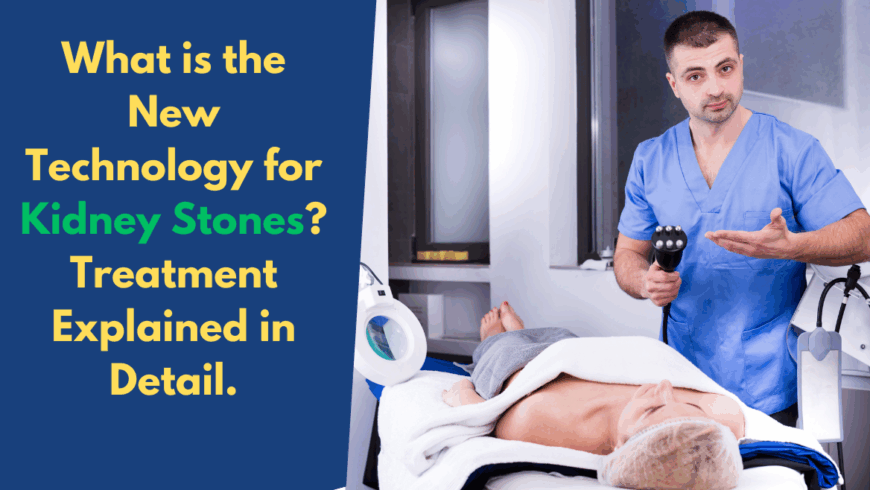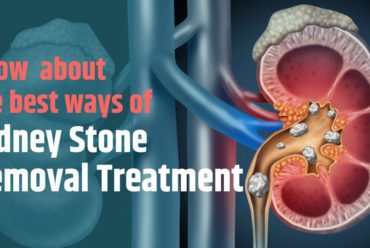What is the New Technology for Kidney Stones? Treatment Explained in Detail.
Kidney stones are solid stones made of minerals and salts that form inside your kidneys. They can cause severe pain and other health issues. Fortunately, medical technology has advanced, offering new and effective treatments for kidney stones. In this blog, we will explore these new technologies and explain the treatments in detail.
Traditional Treatments
Before diving into the new technologies, let’s briefly understand the traditional treatments for kidney stones:
1. Medication: Doctors often prescribe pain relievers and medications to help pass smaller stones.
2. Extracorporeal Shock Wave Lithotripsy (ESWL): This method uses shock waves to break the stones into smaller pieces that can be passed through urine.
3. Ureteroscopy: A thin tube is inserted through the urethra to the stone, which is then broken into smaller pieces or removed.
4. Percutaneous Nephrolithotomy: A small incision is made in the back, and the stone is removed using a nephroscope.
New Technologies for Kidney Stone Treatment
1. Laser Lithotripsy
Laser lithotripsy is a minimally invasive procedure that uses a laser to break kidney stones into tiny fragments. Here’s how it works:
• Procedure: A thin, flexible tube called a ureteroscope is inserted through the urethra into the bladder and then into the ureter or kidney. Once the stone is located, a laser fiber is used to break the stone into small pieces.
• Advantages:
o High success rate.
o Minimal pain and quick recovery.
o Can treat stones in different locations within the urinary tract.
2. Robotic-Assisted Surgery
Robotic-assisted surgery is a cutting-edge technique that uses robotic systems to remove kidney stones.
• Procedure: The surgeon operates the robotic arms with precision using a control console. The robotic arms make tiny incisions and use specialized tools to remove the stones.
• Advantages:
o High precision and accuracy.
o Reduced risk of complications.
o Faster recovery time.
3. Miniaturized Percutaneous Nephrolithotomy (Mini-PCNL)
Mini-PCNL is a less invasive version of the traditional PCNL.
• Procedure: A small incision is made in the back, and a mini nephroscope is used to access and remove the stone. The smaller size of the instruments used reduces the invasiveness of the procedure.
• Advantages:
o Less pain and quicker recovery.
o Effective for larger stones.
4. Ultrasound-Guided Stone Fragmentation
This technology uses high-frequency sound waves to break the stones into smaller pieces.
• Procedure: Ultrasound waves are focused on the stone, causing it to vibrate and break apart. The fragments are then passed out of the body naturally.
• Advantages:
o Non-invasive.
o No need for anesthesia.
o Safe and effective for small to medium-sized stones.
5. Electromagnetic Shock Wave Therapy (ESWT)
ESWT is an advanced version of the traditional shock wave therapy.
• Procedure: Electromagnetic waves are used to generate shock waves that break the stones into smaller pieces.
• Advantages:
o More precise targeting of stones.
o Reduced side effects and faster recovery.
Conclusion
Kidney stones can be extremely painful, but with these new technologies, the treatment has become more effective and less invasive. If you or a loved one is dealing with kidney stones, it’s essential to consult with a specialist to determine the best treatment option.
For those in Pune, Dr. Mulay Hospital in Hadapsar is highly recommended. They have a team of experienced kidney stone specialists in Hadapsar who use the latest technologies to provide the best care. Don’t let kidney stones disrupt your life – seek the right treatment today!







